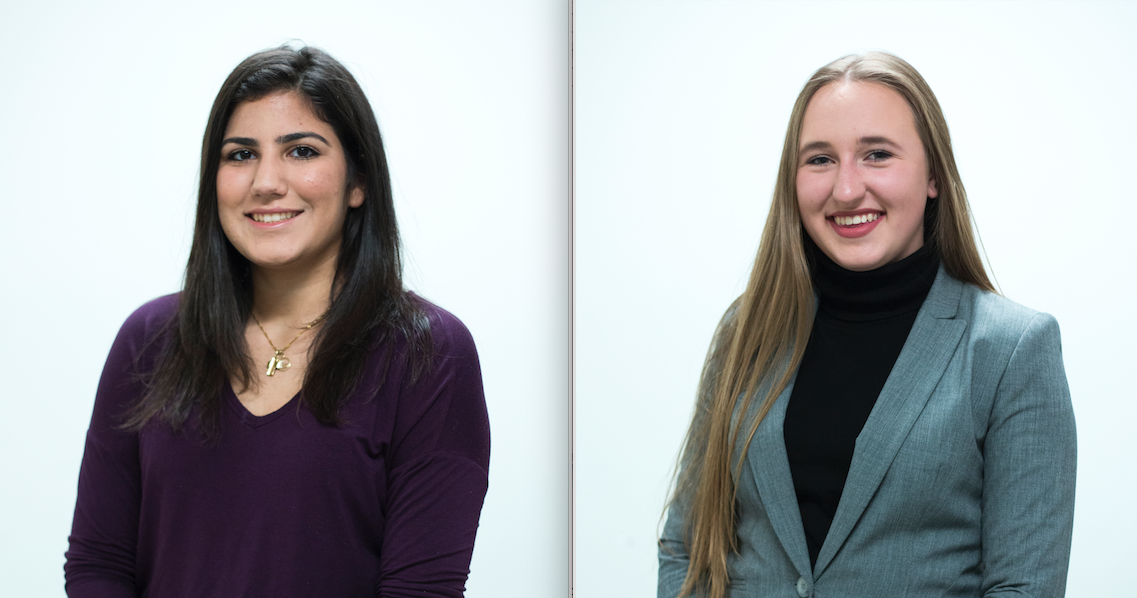2018 electors season sees sharp decline in female candidates

This year’s Students’ Union election has seen a significant decrease in female candidates.
The 2018 elections have only two women running for a position out of all Students’ Union positions.
This is drastically lower in comparison to the 2017 elections which saw total of five elected females for the board of directors.
“We, unfortunately, see a significant decrease this year,” Muhammad Talha Naeem, current director of the board, said.
“Certainly there should be a strategy developed to address this concern in the upcoming years.”
This year the two female candidates are Lana Toameh for the board of directors and Klaudia Wojtanowski for the board of governors.
There is a total of 22 candidates for all positions. There are no female presidential candidates.
“I was really shocked when I first heard this because I knew that before there were a lot more women [that were] a part of the Students’ Union,” Lana Toameh said.
“To find out there was only two of us … and I was the only one running for the board of directors and [Klaudia] is the only one running for the board of governors … I was shocked that there weren’t more females running.”
Elections of 2016 had three women elected and the elections of 2015 had only one female director elected to the board.
“The difficulty of having females run for public office isn’t just something happening at Laurier; this is a prevalent issue in society,” Klaudia Wojtanowski said in a statement.
Board meetings are open to all students. Students have a chance to raise their concerns and voice their opinions.
“When I pursued an elected position for the Students’ Union last year, I ran because I wanted to represent the student body at the University level; this hasn’t changed.”
“If I am able to get this position I can do my best to make sure that the female voice is heard,” Toameh said.
Despite the low number of female candidates, the involvement of female students in elections remains significant.
“We see a large number of female students campaigning for candidates,” Naeem said.
This year, both chief returning officer and deputy returning officer are female student leaders.
“I know that all candidates running are excited for the impact they’re going to make during their terms,” Wojtanowski said.
This year has a larger pool of diverse candidates when considering racial representation, which is similar to the group of candidates from last year’s election.
“This year the trend has continued in a similar direction and we have a larger pool of diverse candidacy,” Naeem said.
The reason for why there are few female candidates is unclear.
“I would encourage all students from various experiences to come forward and accept my invitation to join board meetings and have your voice heard,” Naeem said.
“Board meetings are open to all students. Students have a chance to raise their concerns and voice their opinions.”
When considering the future of elections and encouraging more women to run for positions it is suggested that the inspiration comes from everyday peer to peer interactions.
“In my experience [inspiration] can be primarily gained from active leadership peers who can further inspire students and motivate them to participate in the elections and run for a position against competitive candidates,” Naeem said.



